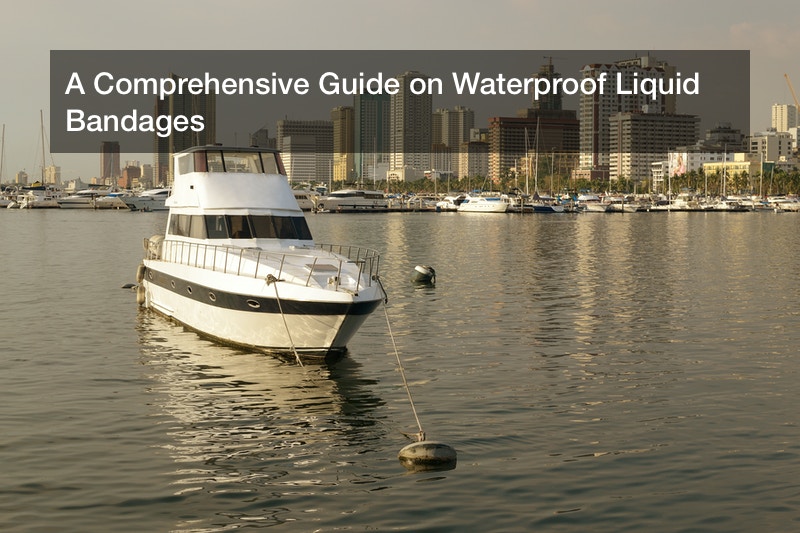
Every year, at least 50 million surgeries are performed in the United States alone. However, despite the efforts by the U.S. health care sector to minimize the occurrence of preventable and avoidable HAIs (healthcare-associated infections), the infections have consistently become a critical public health issue.
Hospital re admissions have also become a huge concern for clinicians and hospitals because SSIs are the main cause of readmission within 30 days after surgery. In fact, just about all re admissions are due to complications experienced after discharge. In this case, SSIs make up for at least 20% of all recorded post surgical readmission since most infection develops after discharge.
That’s why health facilities are advised to conduct patient education to reduce cases of readmission. Medical experts say that surgical patients should wait for several days before they take a shower after surgery, and keep surgical incisions dry and clean.
But with the increased innovation and technology, the sector has seen major inventions such as waterproof products including waterproof liquid bandage, waterproof adhesive bandages, waterproof bandage wraps, and many more. These waterproof bandages create a barrier between the incisions and the environment. Better yet, they help prevent surgical site infections.
What Are Waterproof Liquid Bandages?
A waterproof liquid bandage is a sticky and colorless material painted or sprayed directly on a wound and joins together the split skin edges instead of using conventional bandages and sutures. As it dries, it forms a film that covers, protects, and helps the wound heal faster. It does this by maintaining the right moisture balance as well as keeping debris and bacteria away.
How do they work?
Waterproof bandages seal the wound until the affected area heal, and the surrounding skin slough off. However, the time taken by a wound to heal depends on the depth of the wood and the type of liquid bandage.
How Can Waterproof Liquid Bandages Prevent SSIs?
- They seal out dirt, germs, and water, promoting a conducive healing environment.
- They hold up during exercise, showers, swimming, and hand washing.
- Waterproof liquid bandages can adhere better to most hard-to-bandage areas such as between fingers and knuckles that fabric and plastic adhesive bandages.
- There are various types of waterproof products for first aid and for different body parts and activities, including waterproof bandages for large wounds, waterproof bandages for stitches, and waterproof bandages for swimming.
Categories of Liquid Bandages
There are two categories of liquid bandages available, namely suture replacements and skin protectants. Medics can use both materials to close incisions as well as to repair cuts conducted on internal organs.
Skin protectants
These are OTC (over-the-counter) sprays and gels used to close and shield everything from minor superficial scares such as sores, abrasions, or small cuts to large and chronic bedsores.
Suture replacements
Also known as tissue adhesives, suture replacements are used to hold together more critical skin laceration, including closing surgical incisions.
The main difference between the two is that you can use suture replacements on a bleeding wound, while you cannot successfully cover a bleeding wood with skin protectants. Also, suture replacement isn’t traumatic that stitches since they don’t require anesthesia or require the patient to return to the facility for removal.
Benefits of Using Waterproof Liquid Bandages
Liquid bandages are often chosen over suture replacements, because:
- You don’t need anesthesia.
- Are easy to apply with minimal pain.
- They are waterproof.
- No need for follow-up visits to remove the suture.
- Reduced potential for scarring.
When compared to conventional bandages, waterproof bandages can:
- Provide waterproofing.
- Reduced risk of infection.
- Stick better than plastic and fabric adhesive bandages.
- Provide waterproofing.
- Low potential for scarring.
Which Precautions Should You Take Into Account When Using Waterproof Liquid Bandages
Liquid bandages are not the ideal choice if there is:
- A health condition such as diabetes, which could prevent the wound from healing.
- Potential for allergy risk.
A waterproof liquid bandage can help reduce a wound’s susceptibility to infections. This not only reduces the chances of readmission as a result of SSIs but will also reduce a patient’s after care costs.

